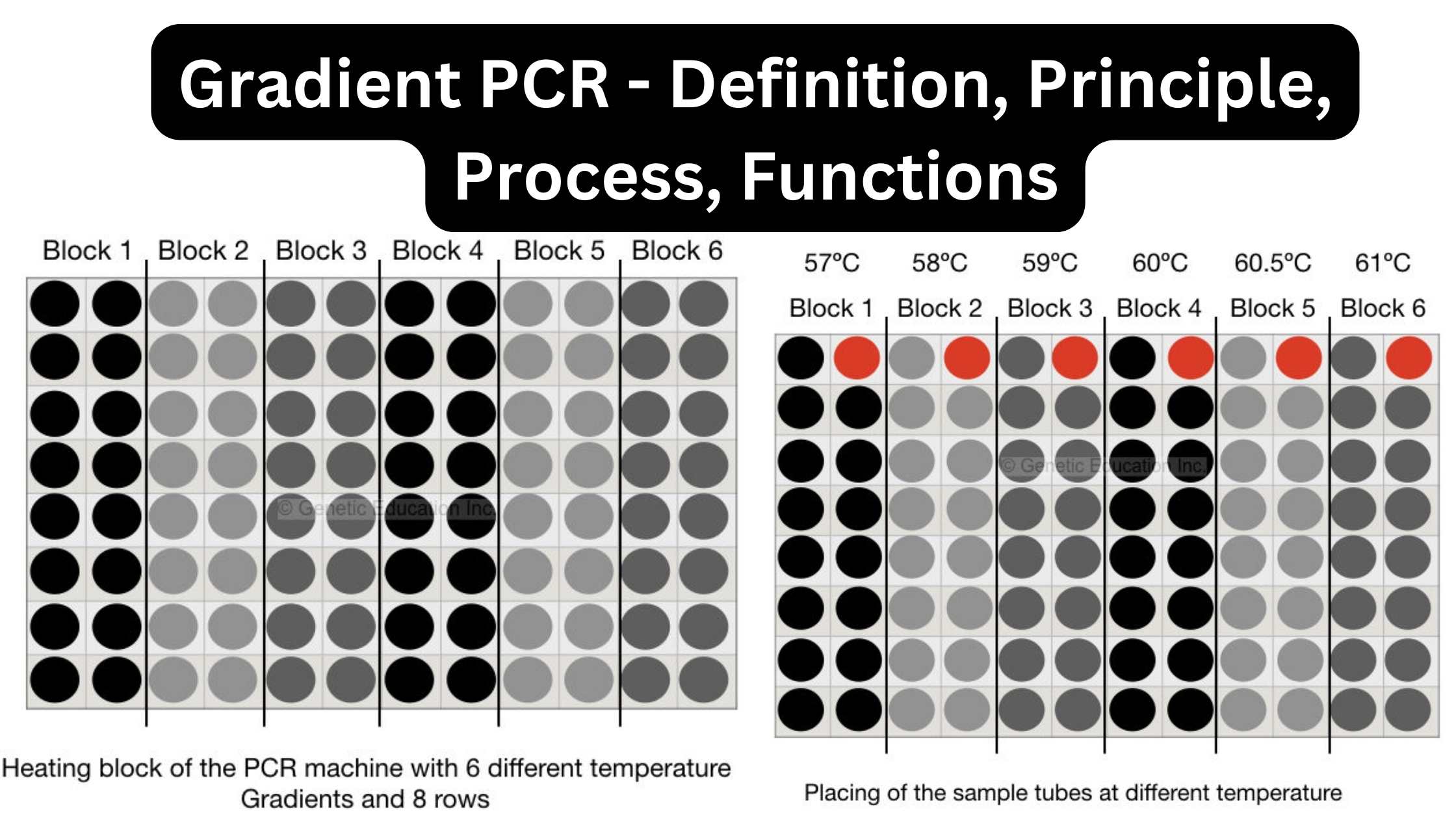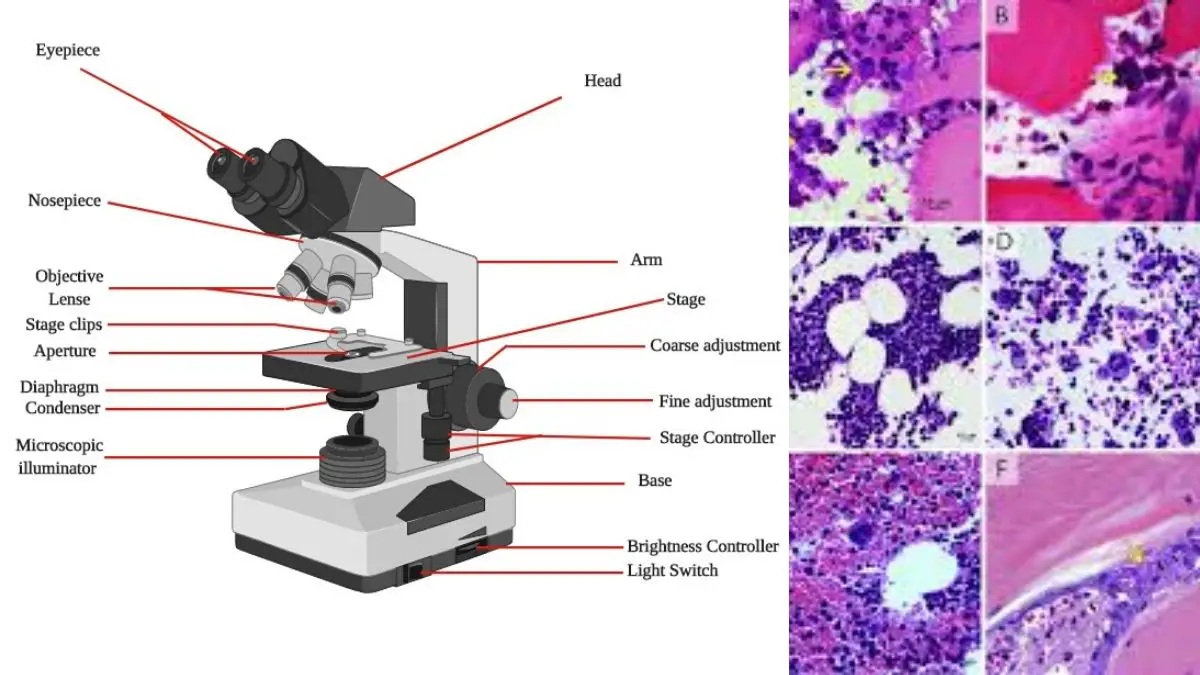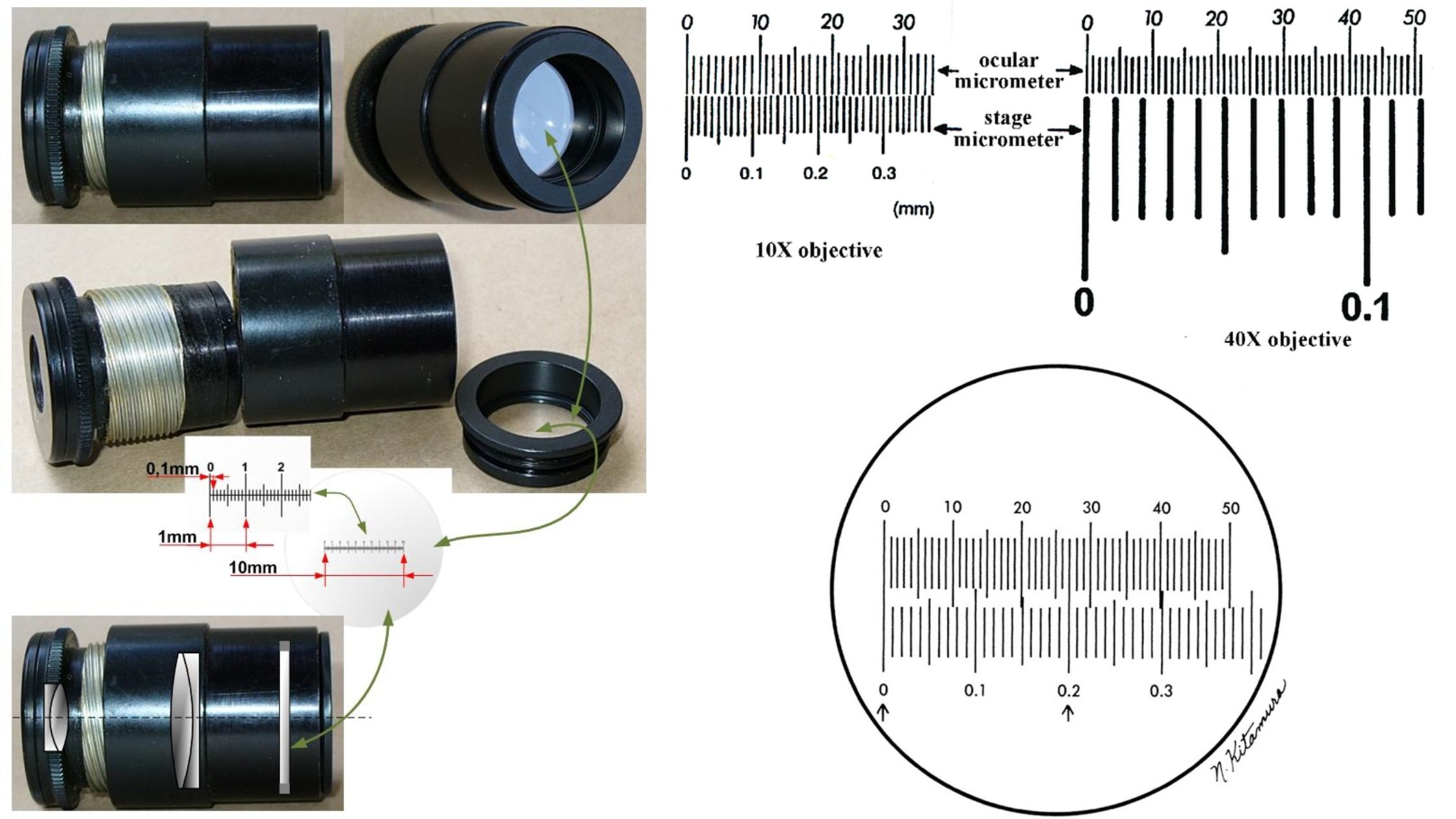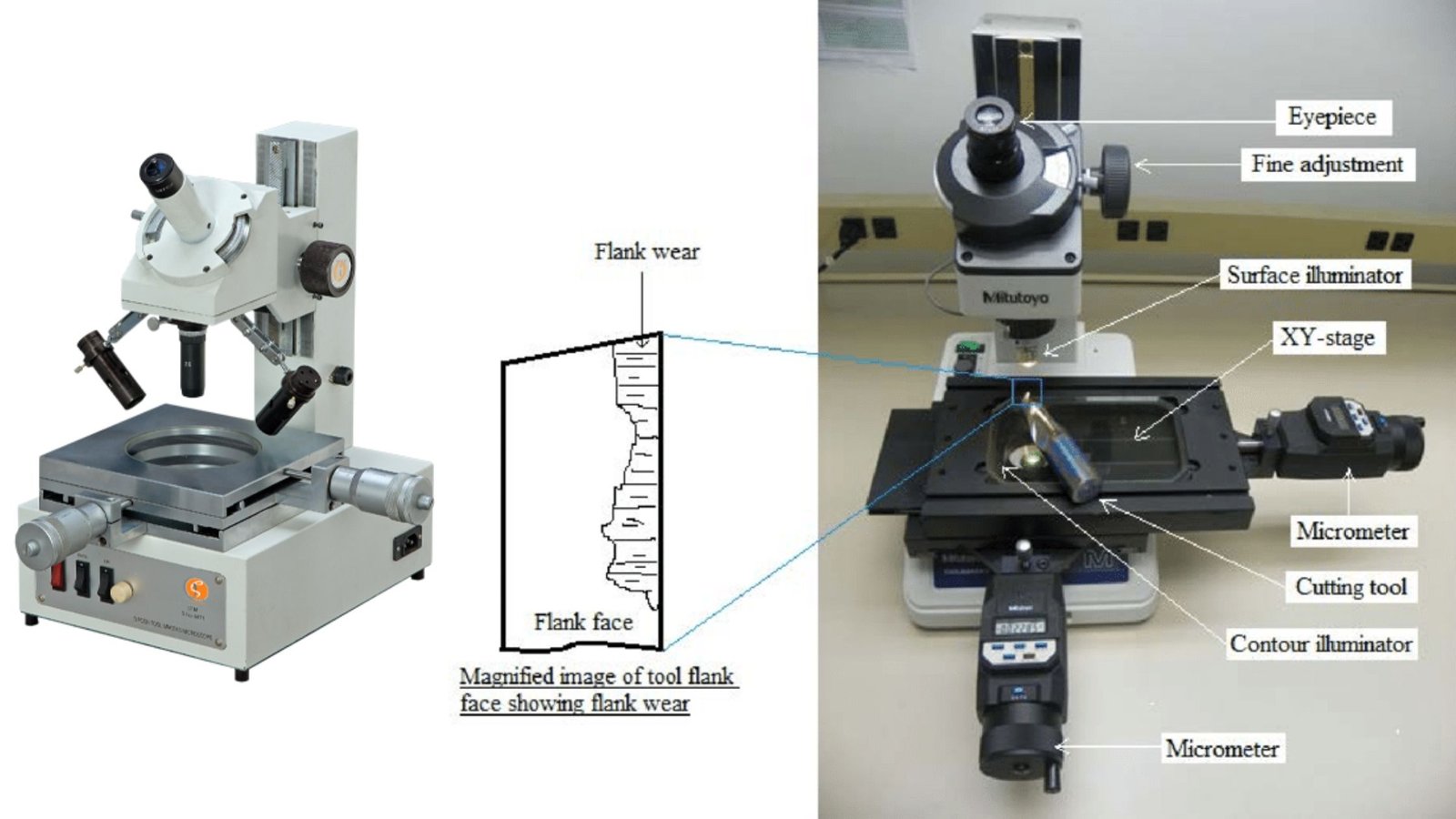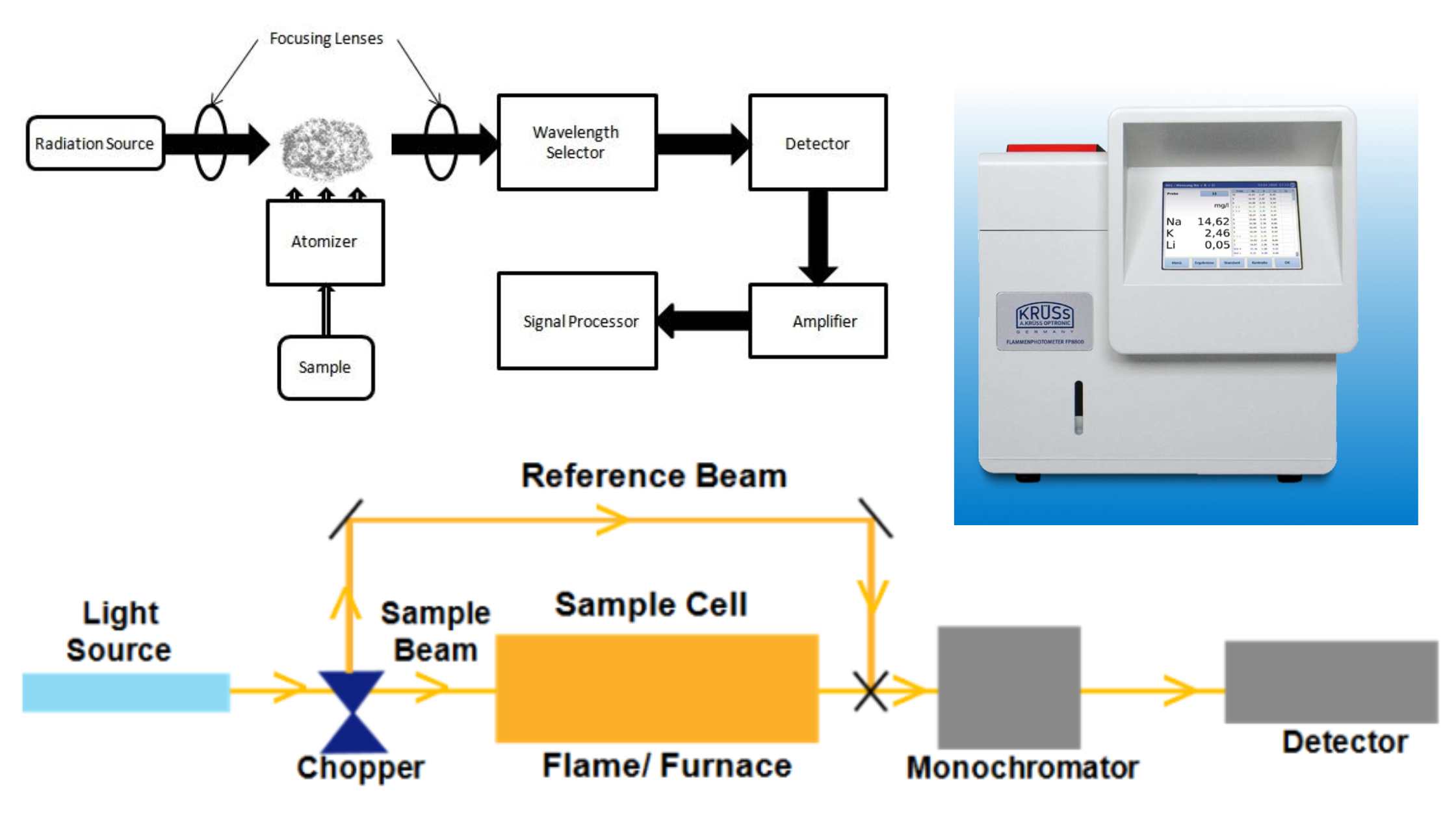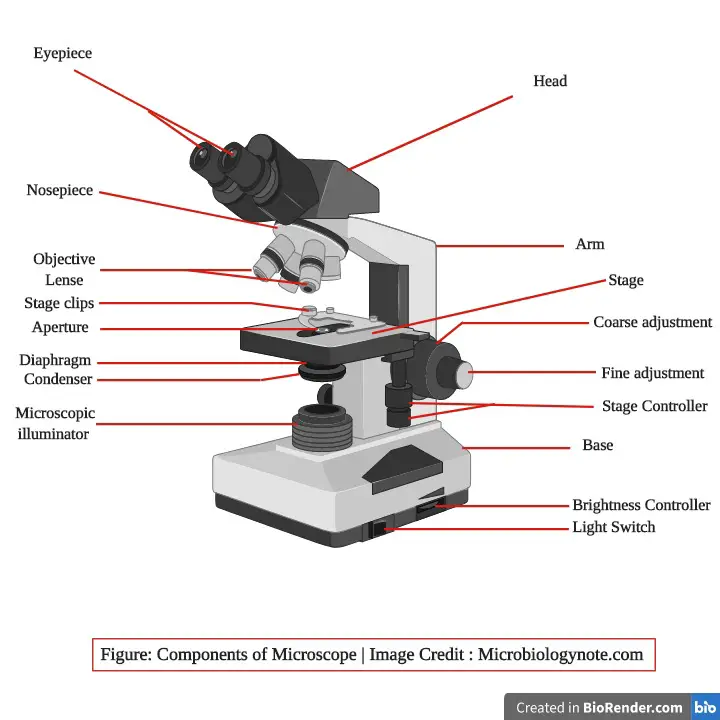Nylander’s Test for Carbohydrates Principle, Procedure, Result
Nylander’s test is a qualitative test that is used for detecting reducing sugars. It is the process where the reducing sugar is heated with an alkaline solution containing bismuth salt, and the reaction is controlled by the components present in the reagent. The reagent is made of bismuth nitrate or bismuth subnitrate, potassium sodium tartrate, … Read more


